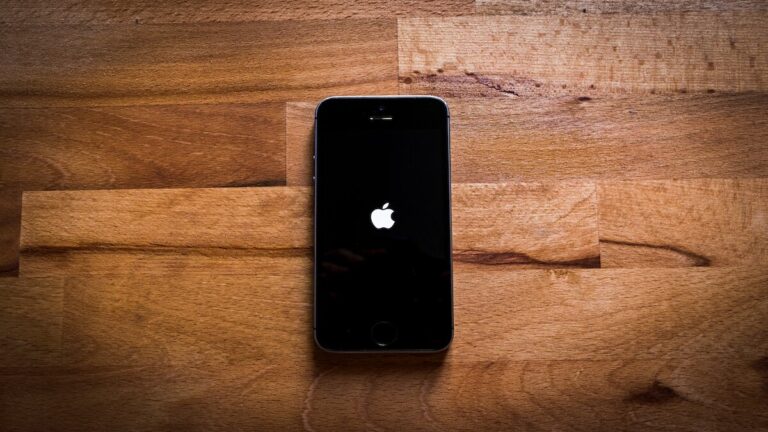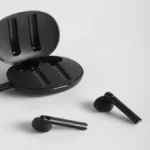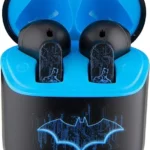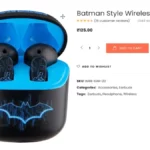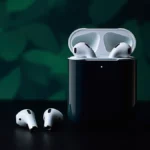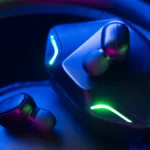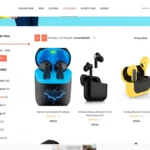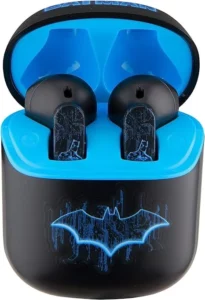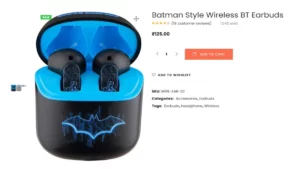Undoubtedly, none of Apple’s iOS products have expansion slots. Unlike many Android devices, the iPhone and iPad do not include a MicroSD slot for adding additional capacity. Now that we’ve made backing up your smartphone simple, one thing is left to be answered now that we’ve made it simple to back up your mobile media. How do you link to your iPad and iPhone external storage?
However, since iOS 13, it has been allowed to permanently add to your iPhone or iPad external storage, making it simple to transfer data back and forwards. Earlier this week, we introduced copy that, a new iOS and iPadOS app. It makes it simple to transfer pictures and videos from your iPad or iPhone to an external hard disc. You can choose what to copy, how to copy it, and where to paste it.
By providing native support for external memory devices, including both Lightning and USB-C interfaces, Apple enabled this with the 2019 release of iOS13. In this article, we’ll explain what you’ll need, which Apple products it works with, and any other adapters you might require for your iPhone or iPad to operate with an external disc.
Installing iOS 13 to Get Built-In Support
Apple’s mobile operating system, iOS 13, is the first iteration to offer read-and-write access to external storage from your iPhone or iPad. Verify the iOS version you are using by:
- Open the Settings application.
- After selecting General, select About.
- To find out which version of iOS you are using, look at the Software Version line. Update the newest iOS version if it isn’t at least 13 years old.
iOS 13 cannot be installed on all iOS devices. Apple may no longer support updating your old iPhone or iPad such as an iPhone 5 or older).
What Do You Need for an iPad or iPhone to Use External Storage?
Only a few conditions must be met to add external storage to your iOS device:
- iOS 13 or a later version must be installed on your device.
- You need a storage device for your iPhone or iPad to connect to. Although it can also connect some external USB hard drives, this will most frequently be a media card (such as an SD card or microSD card) or a USB flash drive.
- You require a cable to link the iOS device to the storage device and span their respective distances. In this instance, a USB-C to USB-A cable or a Lightning to USB cable will likely be used.
For additional information on each of the above needs, continue reading. You can now attach an external hard drive for iPhone or iPad if you have all you need.
Steps of Connecting an iPhone External Storage Device
You must physically connect your external hard drive for iPad or tablet before activating your iPad or iPhone and launching the app. If the plugs on your iPhone or iPad and the external device match, plug them into your Apple device’s bottom adapter to establish a connection.
For instance, a thumb drive may also employ a Lighting connector, enabling immediate insertion into iPhones and most iPads. Or, a USB-C port on an external hard drive could enable it to connect directly to iPad Pro devices. If the interfaces are mismatched, you will need to buy an adaptor to connect your external device to your iPad or iPhone in any other case.
Apple’s Lighting to USB 3 Camera Adapter is one alternative if you have an Apple smartphone with a Lightning connector and desire to attach a third-party device using a USB-C or USB-A connector. This converter can connect more than just USB-C and USB-A cameras to your Apple device.
Apple supplies a USB-C to USB adapter if you want to plug a USB-A-connection external device into an Apple product with a USB-C connector, including the iPad Pro.
- Set up the cable so one end is plugged into your iOS device and the other is connected to the media you desire to use as external storage.
- Your iPhone or iPad should open the Files app. The utility folder is typically where you can find this infrequently used software, or you may swipe down on the Home screen to reveal the Search bar, then type “Files.” Tap the Files app when you notice it appear.
- Click Browse at the bottom of the screen in the Files app. The Browse pane ought to display.
To view the contents of the external device, locate it and tap it. Remove the external device from the connection cable, hold on a moment, and then re-insert it if unsure which entry in the list corresponds to the external device. Track the location that recurs.
How to Navigate Over the Files on Your External Storage?
You can use the built-in Files app to interact with the external device after it is physically attached to your Apple device. Tap the Select option in the top-right corner, then tap every file or folder you want to work with. They will be selected all at once when you do this.
Step 1: On your iPad, iPhone, or iPod Touch, tap to launch the Files app.
Step 2: Tap the title of your external drive under Location. It identified as Drive in this instance. Your external device’s contents are displayed on the right side of the iPad.
Step 3: Use your finger to click any displayed document or file to view it, or tap and hold to see a submenu with more management options like replicating, recreating, transferring, erasing, modifying, and labeling.
What if You are Unable to Access Your Storage Space?
Can you use external storage with an iPhone? Try following troubleshooting alternatives if you cannot retrieve files and documents on a linked device.
-
Look into the Connection:
Verify again that your gadgets are connected using the proper plugs and adapters. Try utilizing multiple cords and adapters, or connect to various ports, if you can access them.
-
Verify the File Format on the Drive:
Ensure your external storage is organized so that both Mac and iOS devices can read it. Windows assume the NTFS file format but not by Mac or iOS. It can handle files up to 4GB in size.
-
Look Over the Electricity Needs:
External hard drives occasionally can’t be supported by your devices due to power limitations. Hard discs, solid-state drives, and other gadgets require more electricity than your iPhone or iPad can supply.
-
Check with Apple:
As a last resort, you may always get in touch with Apple directly if you have any queries about issues that prevent you from using external storage. Either look at the Apple Support website or speak to a knowledgeable person at your nearby Genius Bar.
Obtaining a Connectivity Cable and Compatible Storage Device
Furthermore, almost all iPhones and iPads charge, update, and transfer data using Apple’s standard Lightning connection. If you own one of these devices, you’ll need a connection cable to accommodate the storage device you like to utilize placed at a single end and plugged through into a Lightning port at the opposite end.
Other connections and ports are available, but an Apple Lightning to USB Camera Adapter is one of the most well-liked and dependable choices. There are many lesser costly options available, but be conscious of checking the consumer evaluations as many of them could be more solid.
Use a USB-C connection cable if you have one because a few of the most recent iPad Pro models include one. Any USB-C to USB-A cable or USB-C media card reader will work.
Utilizing a Device for External Storage
Can you use external storage with an iPad? Your iPad or iPhone will only function flawlessly with all external storage devices. An error notice will appear if you connect a device that needs more power than your iOS smartphone’s Lightning port. For instance, most external hard drives need too much power, and some don’t function.
Use a storage device with a lesser capacity if you attempt to attach a device and receive an error warning stating the accessory consumes too much power. For instance, you might discover that your iPhone doesn’t support a large-capacity 32 GB flash drive. Try an 8GB flash drive instead.
Another choice is to utilize a connection cable that has a connector for the media device and a second USB-C port. An example of a device with both a USB-A and USB-C port is the Apple Lightning to USB3 Camera Adapter. You can plug the USB-C into a power outlet or an AC adapter to power a flash drive or external hard drive. But specific external storage devices and tough drives consume too much power to function with specific iOS devices.
Final Words
As you can see, if you have the appropriate tools, your iPhone external storage or iPad can store your files on iPhone external storage devices. In light of this, using your iPhone or iPad as a mobile device to read or modify those files when you’re out and about and without a computer can be a terrific alternative.



